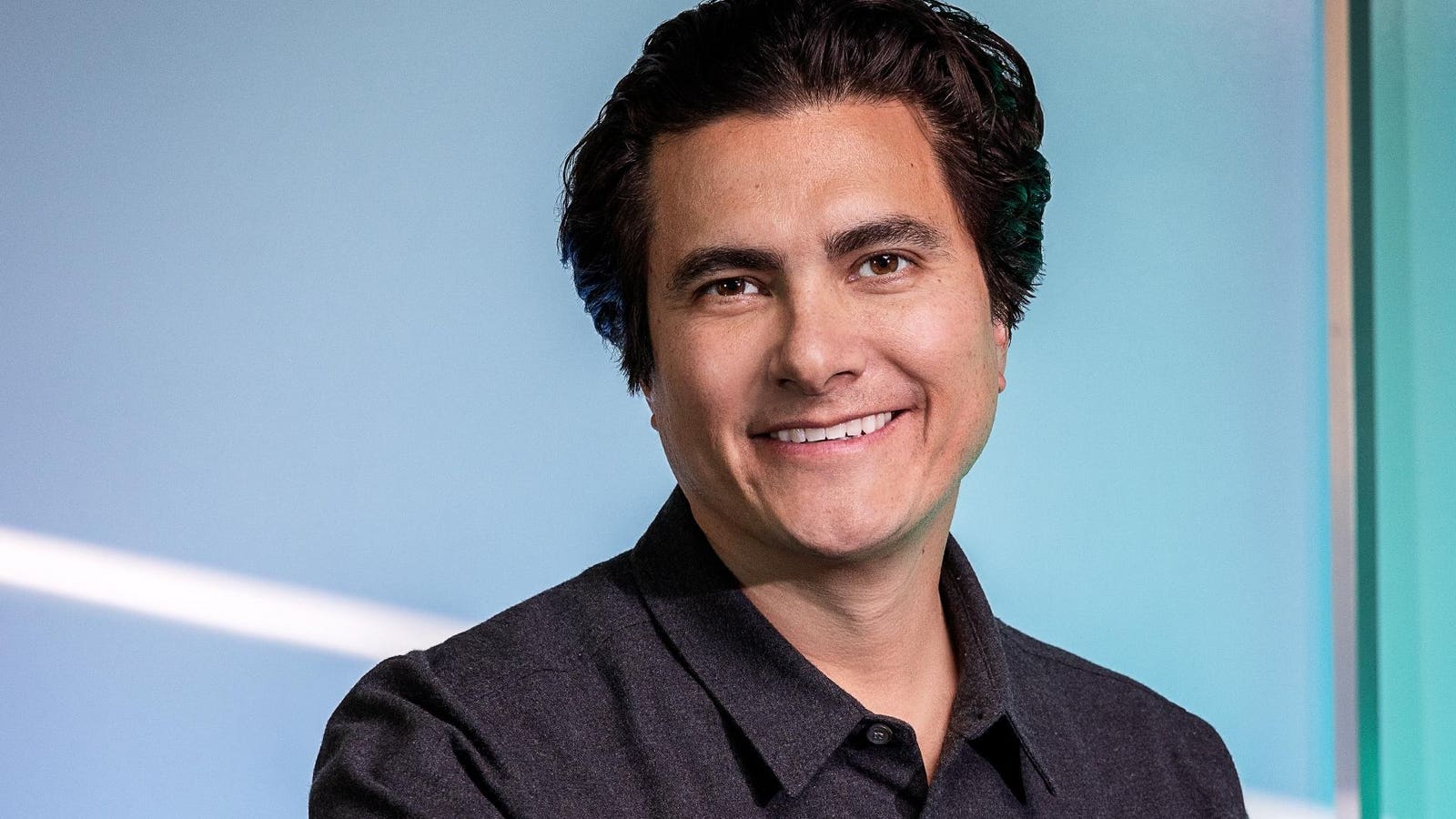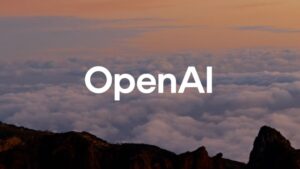Introducing the Small Startup Developing Stargate: OpenAI’s Ambitious $500 Billion Data Center Project

The Rise of Crusoe Energy: From Bitcoin to AI Datacenters
Introduction to Crusoe Energy
Crusoe Energy started its journey by converting flare gas from oilfields into electricity to mine Bitcoin. Today, co-founders Chase Lochmiller and Cully Cavness have transitioned their company toward a monumental venture: Project Stargate. This initiative, expected to cost around $500 billion, will create one of the largest artificial intelligence datacenters worldwide in partnership with OpenAI and Oracle.
The Stargate Project: A Major Undertaking
Located on a 1,000-acre site in Abilene, Texas, Project Stargate aims to be a hub for advanced AI development. According to Lochmiller, the CEO of Crusoe Energy, the datacenter will function as a "factory of factories," generating AI models that could eventually exceed human intellect. The facility is scheduled to feature two massive buildings, each spanning 500,000 square feet.
Energy Requirements for the Datacenter
Each building will consume 100 megawatts of power, equivalent to the energy needs of a city with 100,000 residents. The majority of this energy will be sourced from numerous wind turbines scattered across West Texas. Surplus energy is frequently sold at a discount, which Crusoe plans to utilize for their expansive energy needs. To ensure a continuous power supply, especially during outages, Crusoe has installed five backup gas turbines.
Funding and Investment
Crusoe has successfully raised $3.4 billion in funding for the initial phases of the datacenter. Investors include prominent entities such as Blue Owl Capital and Primary Digital Infrastructure. The overall investment for futuristic AI development, led by figures like Larry Ellison and Sam Altman, could reach $500 billion over the next five years. They have also received praise from significant political figures, showcasing the project’s relevance in the national economic landscape.
Selecting Crusoe for the Megaproject
Despite being relatively new to the datacenter construction scene, Crusoe won the bid for this ambitious project. Observers believe that Lochmiller and Cavness’s drive, coupled with their ability to deliver on energy needs, made them suitable candidates in a competitive field. However, not all customers are satisfied with Crusoe’s current services, pointing to reliability issues within its cloud computing offerings.
The Challenges Ahead
While the construction of Stargate is progressing, various challenges loom on the horizon. For example, recent tariffs imposed by the U.S. could inflate costs for essential materials like aluminum and steel. Nonetheless, Lochmiller asserts that onshoring their manufacturing capabilities for essential components will provide a competitive advantage.
The Journey of the Founders
Lochmiller and Cavness share a long history, having met in high school and later discovering their shared passion for innovative energy solutions. Their initial venture concentrated on utilizing flare gas that was otherwise wasted in oil production. Over time, their focus shifted toward more sustainable energy practices and eventually paved the way for their foray into AI technology.
Strategic Expansions and Partnerships
In 2023, Crusoe invested in high-value Nvidia GPUs to bolster its AI-driven cloud services. Coupled with strategic moves such as partnering with AtNorth, a data center developer in Iceland, the company is establishing a well-rounded infrastructure for its growth. Their facilities are designed to allow controlled setups with efficient cooling systems, critical for power-intensive operations.
Competition in the Market
Crusoe faces stiff competition from other tech giants building extensive datacenters. For instance, Elon Musk’s xAI constructed a massive facility in just 122 days, showcasing the rapid expansion of AI infrastructure. Companies like Meta are also investing heavily in datacenters, further intensifying competition in the market.
The Future of AI and Datacenters
There are ongoing debates about whether vast datacenter capacities are truly necessary for AI. Concerns have arisen regarding the efficiency of AI training, particularly from emerging competitors claiming they can achieve superior results with less resource consumption. However, Lochmiller remains optimistic, believing that making AI training more affordable will unlock additional applications.
Despite some reliability concerns within Crusoe’s cloud system, many of its users report positive experiences, appreciating their swift access to GPU resources. Critics, however, caution against the risks of overbuilding datacenter capacities, reminiscent of previous tech booms.
As Crusoe navigates its ambitious goals, the development of AI infrastructure will play a crucial role in defining the future of technology and energy utilization.






